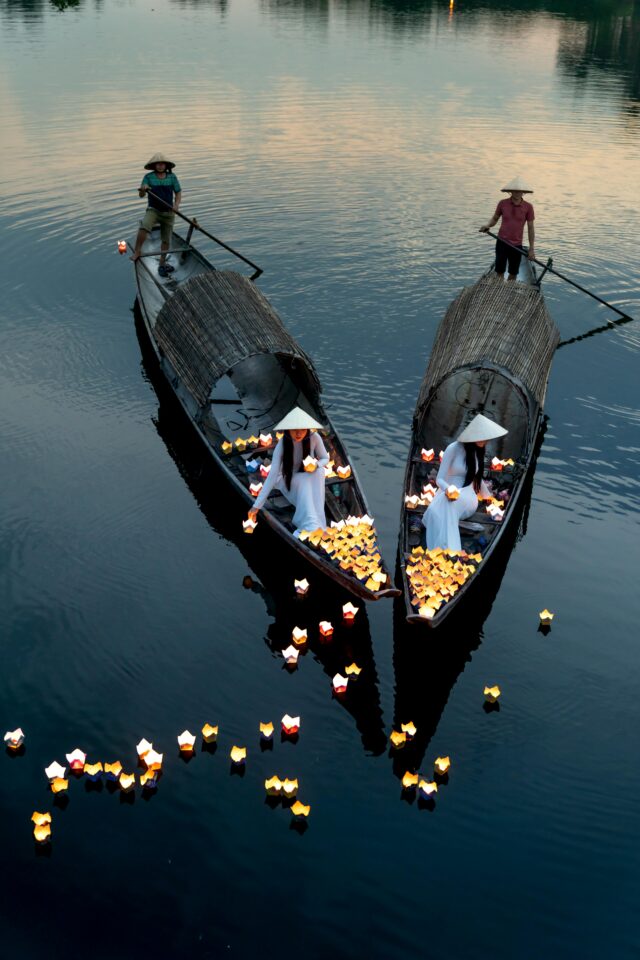A strong and positive Tourism Destination Image (TDI) serves as a crucial catalyst in attracting potential travelers, functioning not only as a magnet for visitation but also as a strategic differentiator in an increasingly competitive global tourism market. In the post-pandemic landscape—where tourism remains one of the sectors most affected by COVID-19—the role of TDI has become more critical than ever. It offers destinations a valuable tool for market recovery and reestablishing traveler confidence. A compelling TDI creates a favorable first impression, and in a digital age dominated by visual storytelling, destinations are often judged in the blink of an eye—frequently through a single photograph. Therefore, understanding how destination imagery, particularly through platforms like Instagram, shapes perceptions and drives engagement is essential. The following research results explore this dynamic, examining which visual elements most effectively enhance user interaction with tourism-related content on social media.
1. Posts Featuring Points of Interest Attract Significantly Higher Engagement
Content that visually highlights well-known attractions—such as landmarks, scenic views, and cultural heritage sites—consistently outperforms posts showcasing generic hospitality services (e.g., accommodations, restaurants) in terms of likes and comments. This indicates that visual representations of distinctive, place-specific features resonate more strongly with Instagram users and more effectively capture their attention and interaction.
2. Human Presence in Images Enhances Emotional Appeal and Interactivity
Images that include people, whether locals, tourists, or models, tend to generate more engagement than those devoid of human subjects. The presence of people adds a layer of relatability, narrative potential, and emotional warmth to the image, thereby inviting viewers to imagine themselves within the depicted experience and stimulating greater online interaction.

3. Tourist-Generated Content Garners Greater Engagement than Resident Content
Instagram posts created and shared by tourists typically receive higher levels of engagement than those posted by residents. This may be attributed to the novelty and experiential nature of tourist perspectives, which are often seen as more exploratory and aspirational. Visitors tend to document unique and highlight-worthy moments, making their content more engaging to potential travelers.
4. The Intersection of People and Attractions Maximizes Engagement Potential
The most engaging posts are those that artfully combine iconic points of interest with human elements. This dual representation offers the best of both worlds: the symbolic or aesthetic value of the destination and the emotive or experiential quality brought by people. Such hybrid content leverages both place branding and personal storytelling to enhance audience resonance.
5. User-Generated Content (UGC) Is Perceived as More Authentic and Trustworthy
UGC, especially when created by genuine travelers, is viewed as more credible and relatable than content produced by official tourism boards or commercial entities. Audiences often interpret UGC as less curated and more spontaneous, which fosters a sense of trust and enhances its persuasive power in the context of destination marketing.
6. Emotionally Evocative and Story-Driven Content Drives Deeper Engagement
Beyond aesthetics, content that tells a story or elicits an emotional response—such as joy, nostalgia, or wanderlust—is more likely to be shared, commented on, and remembered. Emotional resonance deepens audience involvement, making storytelling a powerful tool in the digital promotion of tourism destinations.

7. Influencer Content Can Trigger Travel Aspirations Through Social Comparison
Posts by travel influencers can provoke a sense of benign envy or admiration among followers, which may in turn stimulate the desire to replicate the experiences portrayed. This mechanism—rooted in social comparison theory—suggests that influencer content not only engages viewers but can also shape their travel intentions and behaviors.
8. Destination Marketing Organizations (DMOs) Are Viewed as Credible but Less Relatable
Although DMO-operated Instagram accounts are generally seen as authoritative and trustworthy, they often lack the relatability and emotional appeal of influencer or tourist-generated content. This dichotomy suggests that DMOs should consider collaborating with content creators or adopting more human-centric storytelling techniques to increase their engagement metrics.

9. Social Media Engagement Is Positively Linked to Destination Loyalty
Higher engagement with destination-related social media content correlates with stronger behavioral intentions, including likelihood to visit, revisit, or recommend the location to others. This underscores the strategic importance of fostering meaningful interaction on social media as a pathway to building long-term destination loyalty.
10. AI and Visual Recognition Tools Offer New Opportunities for Engagement Analysis
The research demonstrates the utility of advanced AI techniques, such as convolutional neural networks and image recognition algorithms, in categorizing and evaluating tourism-related Instagram posts at scale. These tools enable researchers and marketers to identify which visual and thematic elements drive engagement, facilitating more data-driven content strategies.
These findings offer actionable insights for destination marketers, tourism boards, and content creators aiming to optimize their Instagram presence. They suggest a paradigm where authentic storytelling, strategic visual composition, and a nuanced understanding of audience psychology can significantly enhance digital engagement and influence destination perception.

